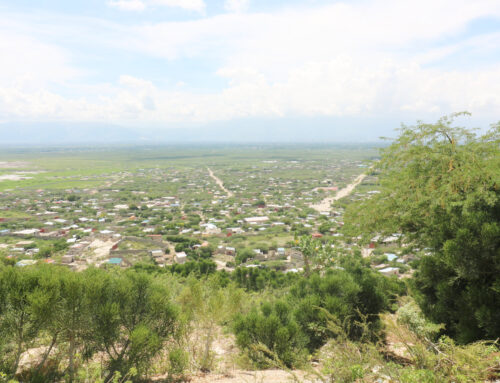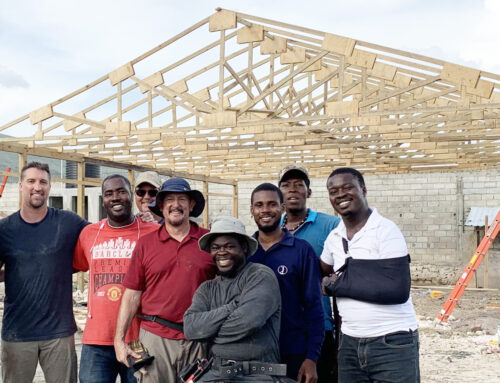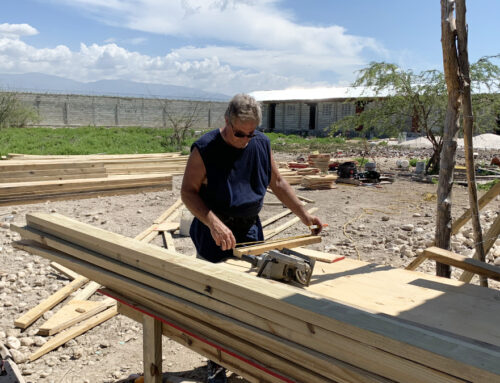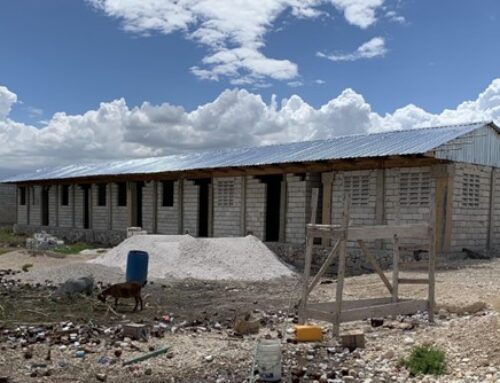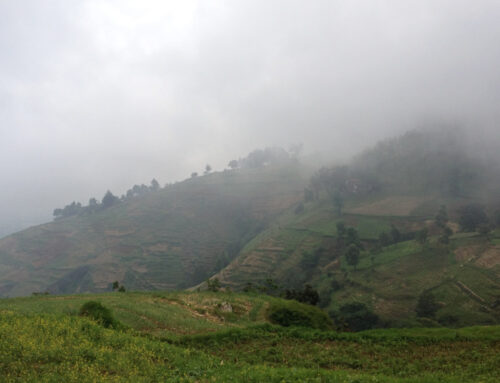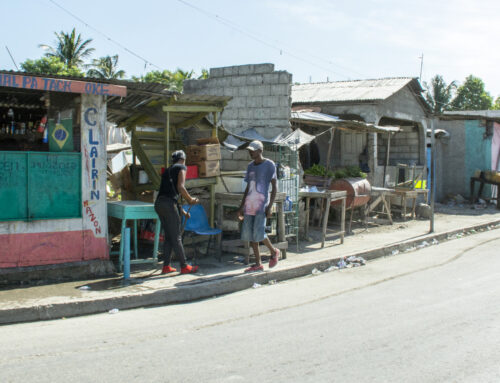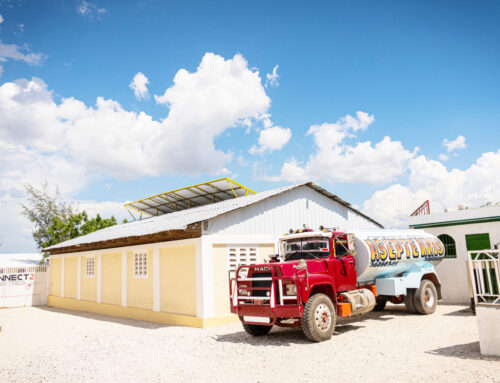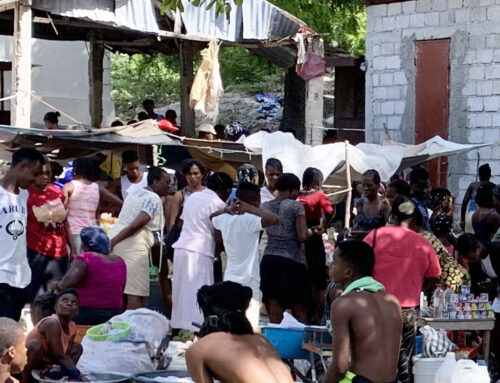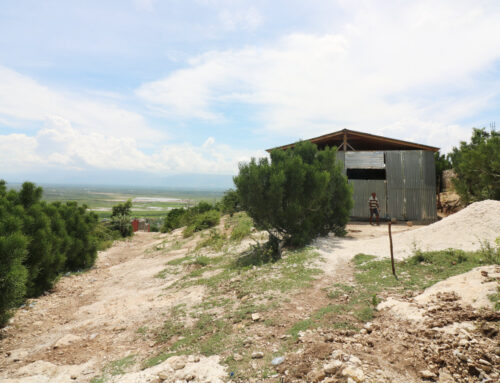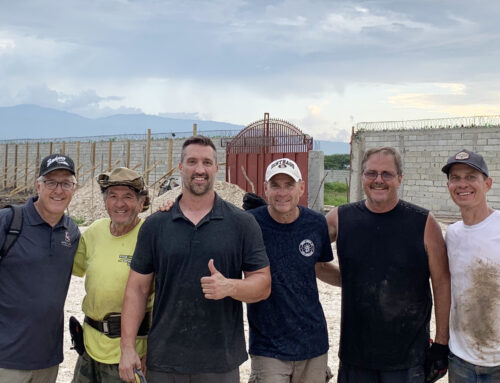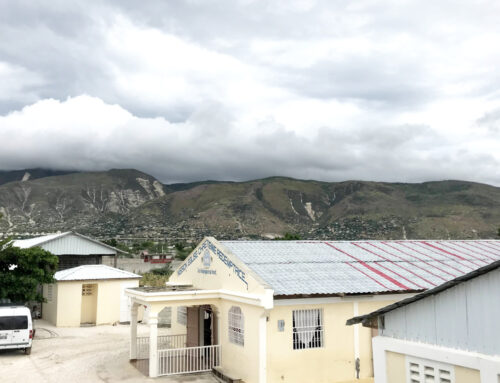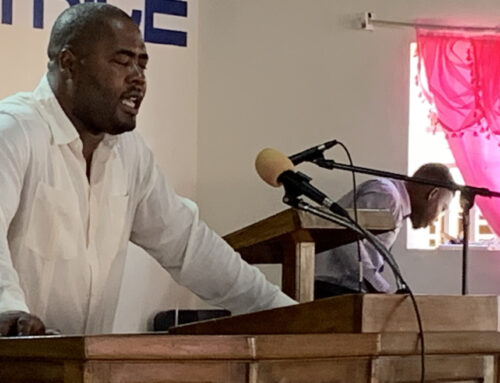I went with Poyis one morning to pick up a van which had been donated to Connect 2 Ministries. The dealership is located a short car ride from the compound, and it was a fascinating experience to travel through the suburbs of Port-au-Prince. If you have ever taken a car ride in a third-world country, you know there are really no traffic laws—no traffic lights, stop signs, speed limits, or right of way. The rule of the road is to drive offensively and watch out for other cars. Fortunately, because of all the cars on the road, you rarely travel more than thirty miles an hour; but you still have to be careful. There are cars, SUVs, tap taps (taxi trucks), Jeeps with pick-up beds (also called tap taps), and motorcycle taxis. There are also a high number of large dump trucks. All of these vehicles are vying for command on the road, so thankfully, Moto and Poyis are both good drivers. I’m just glad they didn’t ask me to drive—at least not yet.

The best way to describe the drive itself is to think of the narrow streets of a city like San Francisco. Much of our trip was up and down hills, through narrow streets with buildings close together. Visualize the buildings all made of concrete. Some were painted, but all were dirty, and there was a lot of trash. There are no street sweepers and no garbage pick-up. The landscape itself carries reminders of Haiti’s troubled infrastructure and economy. The closer we got to the car dealership, it seemed like we were getting into a more expensive part of town (although to the average American, it would look like the more run-down parts of a city). I did notice that in the nicer parts of town, there were more small compounds (you can tell what they are because most have a tall, stone wall surrounding a house).

Some of the houses in this area looked nice, while some didn’t. If you have ever travelled around West LA or Beverly Hills and seen the fenced-in homes, then you probably have a sense of what I’m describing—but imagine the neighborhood as much more run-down and in need of repair. According to Poyis, this is where Haiti’s bourgeois live: the one percent. Many work in higher positions in government or own businesses in Haiti. I asked Poyis if the bourgeois had their wealth because it was passed down to them, or because they were able to start with little and make it to that status. He said very few ever started with little and increased their wealth in Haiti; most pass it on from generation to generation.
We picked up the van and then began the two hours’ drive back. Part of the time we rode in silence and the other part, we talked and laughed. We are comfortable in each other’s company, and it’s always a blessing to spend time with Pastor Poyis.
For information about Haiti’s culture and economy, visit connect2ministries.org/haiti.
Share This Story!
Join Our Email List!
Get our blogs delivered directly in your email, don’t miss an opportunity to read about our mission to save children and bringing the Gospel to Haiti.



